Camping Glacier National Park Information
Camping Glacier National Park; Glacier National Park, together with the adjacent (and smaller) Waterton Lakes National Park in Alberta, encompasses some of the most gorgeous mountain scenery in North America. The heart of the so-called “Crown of the Continent” ecosystem in the Northern Rockies, one of the most pristine and intact wildlands in the United States, Glacier’s also home to an amazing suite of megafauna—grizzlies, gray wolves, wolverines, lynx, moose, mountain goats, and much more. Words don’t do justice to this place: It needs to be experienced firsthand, and preferably by camping out under the Big Sky at its wildest.
There are 13 developed campgrounds in Glacier and some 65 established backcountry sites, while extensive public lands in the near vicinity provide other tenting opportunities. Here’s a rundown of some of the best options!
Front-Country Camping
Going-to-the-Sun Road, the only one that fully traverses Glacier, ranks among the world’s most celebrated scenic drives, and several of the park’s developed campgrounds lie along it. From southwest to northeast, these are: Apgar, Sprague Creek, Avalanche Creek, Rising Sun, and St. Mary. Fish Creek Campground, meanwhile, lies just a stone’s throw off the byway on the southwestern shores of Lake McDonald. In peak season, these tend to be buzzing and sometimes noisy, but they do offer convenient access to some of Glacier’s finest scenery—and trailheads promising deeper, quieter immersion.
For campers interested in shoulder-season or winter forays to Glacier, two year-round campgrounds bookend Going-to-the-Sun Road: St. Mary on the east and Apgar on the west. St. Mary Campground, with 148 sites, enjoys a handsome setting along the eastern front of the Northern Rockies, a place to admire East Flattop Mountain, Red Eagle Mountain, and other bold peaks from rustling aspen groves. The Park Service recommends Loop A particularly for tenters—not least because it’s generator-free. St. Mary takes reservations between June and September: You can reserve an individual site as much as six months in advance (and no sooner than three days ahead of your arrival) and a group site up to a year prior. Between June 5 and September 20, St. Mary campsites cost $23, while “primitive” camping—available in the April-June and September-November shoulder seasons—is $10; winter camping’s free (aside from the park entrance fee).
Avalanche Campground (87 sites, $20 per night), typically open June through September, provides digs in one of Glacier’s most unique ecosystems: lush old-growth stands of western hemlock and redcedar, an easterly outpost, essentially, of Pacific Northwest temperate rainforest. That makes for shady summertime camping. It’s also an ideal home base for day hikers sampling the scenery along Going-to-the-Sun: Two of Glacier’s best-known footpaths, the Trail of the Cedars (short and wheelchair-accessible) and Avalanche Lake Trail (which tops out at a mountain- and waterfall-ringed subalpine lake), kick off from the campground.
If it’s remoteness you’re after, you needn’t only look to Glacier’s seemingly limitless backcountry. Some of the car campgrounds are wonderfully removed, Kintla Lake foremost among them. Its 15 campsites, all within easy walking distance of the eponymous lake, cost $15 per night in the peak season and $10 during the September-through-October “primitive” season. A long, fairly rough dirt-road approach—awash in grand scenery—and the barebones amenities (pit toilets, a pump for water) mean Kintla Lake’s only rarely full, even though the views (and the fishing) are topnotch.
Both Kintla Lake and Bowman Lake Campground (48 sites, $15 per night peak season, $10 per night primitive season) to the south facilitate access to the backlands of the Livingston Range via trails up to Brown Pass and beyond—some of the most farflung country in the park.
Meanwhile, tucked in the southeast of the park (nestled against the crest called the Hudson Bay Divide), Cut Bank (14 sites, $10 per night) is a beautiful, serene primitive campground waiting a 5-mile dirt-road drive off Highway 89. From it you can hike up to Triple Divide Pass—named for the fact that its creeks funnel water, ultimately, to the Arctic, Atlantic, and Pacific oceans—or, southward, to Cut Bank and Dawson passes, making it, like Kintla and Bowman lakes, a fine first-night base camp for backpackers.
Backcountry Camping
The Glacier National Park backcountry is something any wilderness-tuned visitor should make an effort to see. After all, most of the park lies far from roads, and given the scale and grandeur of the mountains, and the pre-Columbian nature of the fauna, the back-of-beyond Continental Divide outback—strung with better than 700 miles of trails—really sets this corner of northwestern Montana in a class by itself.
There are no fewer than 65 designated backcountry campsites in Glacier, and it’s there backpackers must pitch their tents—with one exception: In the Nyack/Coal Creek Camping Zone, you can choose your own campsite (abiding by park regulations and Leave-No-Trace ethics, of course), although there are established spots there as well. A certain number of campsites in a designated backcountry campground are reservable during the summer; as of spring 2016, the park’s requiring that all backcountry reservations be made online.
Outside the Park
The Flathead and Lewis and Clark national forests offer camping within easy reach of Glacier National Park, which they adjoin. One good option only a stone’s throw from Glacier’s Camas Creek entrance is Big Creek Campground on the Flathead (22 individual sites, $14 per night). The campground includes potable water and pit toilets, and its sites have picnic tables and fire rings. There are numerous campgrounds along the Hungry Horse Reservoir on the South Fork Flathead River, conveniently near West Glacier. On the Lewis and Clark, meanwhile, Summit Campground (17 campsites, $10 per night), which has water, toilets, and picnic tables, provides an excellent base camp near Marias Pass, some 11 miles from East Glacier. Besides day trips into the national park, you can also hike from the campground a few short miles to the Continental Divide National Scenic Trail.
Glacier is one of the crown jewels of the U.S. National Park System, no question. And a day trip here can only whet your appetite (as it overwhelms your senses): Consider setting aside your next vacation for a week or two of camping in this vertically stretched country of layercake peaks, lonesome passes, talus-cradled lakes, and lush conifer woods charged with the presence of big mammals.
Recent Outdoor Adventure Posts
Sayulita Vacation
Crimson Skies of Sayulita If you are looking for an off-the-beaten-path travel destination, a great place to surf, reflect, rejuvenate, and soak up the sun then look no further than a Sayulita Vacation. This [...]
Big Island Hawaii Things To Do
Big Island Hawaii Things To Do, A Journey of Beauty and Contrast The big island Hawaii has a history datable to 1,500 years ago when a small fleet of canoes landed on the island's [...]
Climbing Mount Rainier
Climbing Mount Rainier Climbing Mount Rainier: At 14,411 feet, Mount Rainier—or Tahoma, as regional American Indian tribes called it—falls a little short of the loftiest Sierra Nevada and Southern Rocky Mountain peaks. You can [...]
Iceland Adventure Travel
Iceland — The land of Fire and Ice Iceland Adventure Travel; Iceland is home to just under 325,000 people who live in a habitable area of 103,000 square kilometers. The largest city is the [...]
Dominican Republic Treehouse Adventure
The Dominican Republic Treehouse Adventure in the Caribbean PRICE FOR 2 PEOPLE $597.00 (Regularly [...]
Climbing Mt Baker
Climbing Mt Baker for the First Time Climbing Mt Baker: Amazing adventure lies just outside your door and such is the case for residents of the Pacific Northwest. A string [...]
Experiencing Joshua Tree National Park
Experiencing Joshua Tree National Park A few years ago while on vacation in Palm Desert, we made the decision to go for a drive and explore the surrounding area outside [...]
Sedona Arizona
The Magic of Sedona Arizona We recently traveled to Sedona Arizona to experience first-hand the magical splendor of this beautiful community. We booked our flight and accommodations through TripAdvisor and were extremely pleased with our choice [...]
All Recent Posts
Outdoor Technology
Outdoor Technology: Hiking Backpacking and Camping You may not be a fan of outdoor technology. It may be due to a lack of understanding, maybe you think that it’s too complicated, or you [...]
Handcrafted Log Homes
Handcrafted Log Homes Handcrafted log homes in North America date back to 1638. That is about the time that historians believe that log home construction began in the United States. Historically, log homes [...]
Best Cocktail Recipes
Best Cocktail Recipes Have you ever wondered what the best cocktails are for entertaining your friends? Earth Gear has - and we thought we would bring the best cocktail recipes to you. But first [...]
Sayulita Vacation
Crimson Skies of Sayulita If you are looking for an off-the-beaten-path travel destination, a great place to surf, reflect, rejuvenate, and soak up the sun then look no further than a Sayulita Vacation. This [...]
Big Island Hawaii Things To Do
Big Island Hawaii Things To Do, A Journey of Beauty and Contrast The big island Hawaii has a history datable to 1,500 years ago when a small fleet of canoes landed on the island's [...]
Climbing Mount Rainier
Climbing Mount Rainier Climbing Mount Rainier: At 14,411 feet, Mount Rainier—or Tahoma, as regional American Indian tribes called it—falls a little short of the loftiest Sierra Nevada and Southern Rocky Mountain peaks. You can [...]




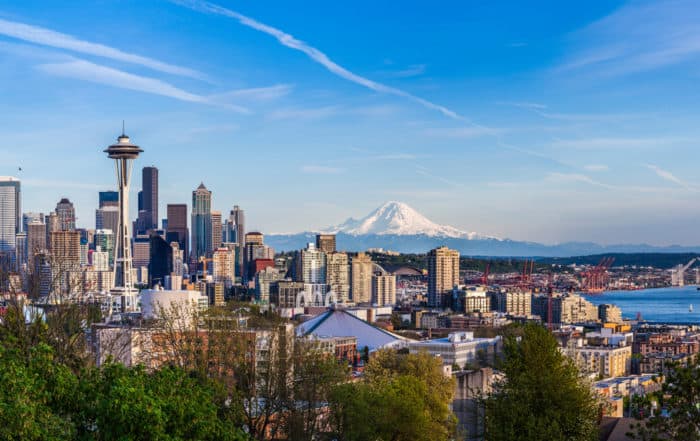
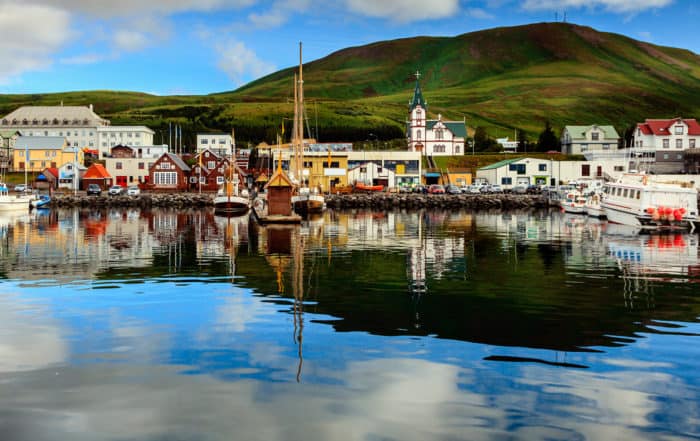
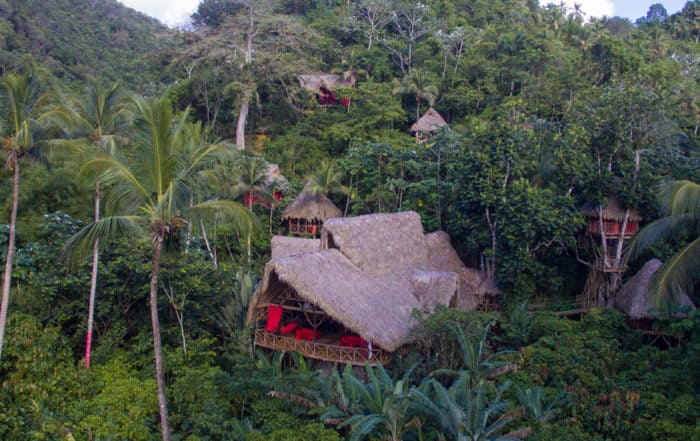
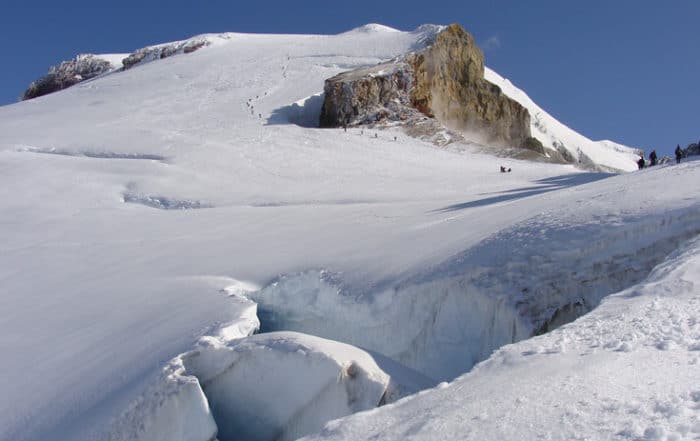

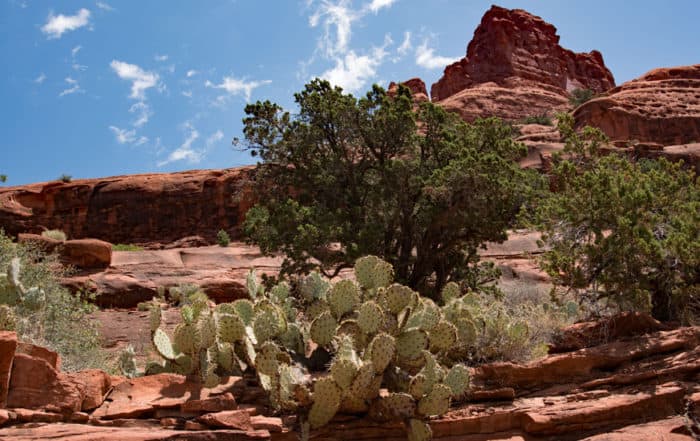
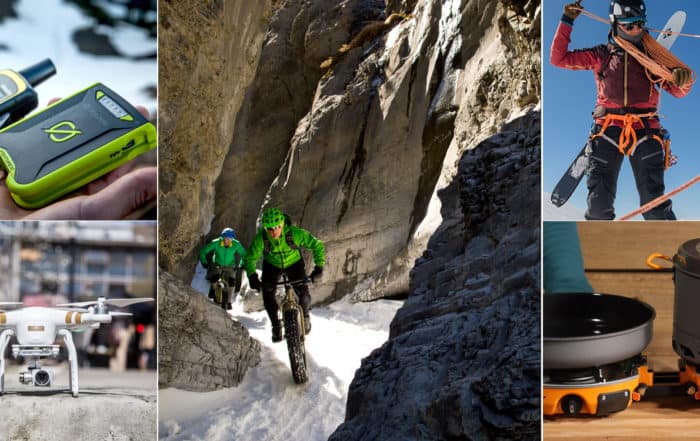


Leave A Comment